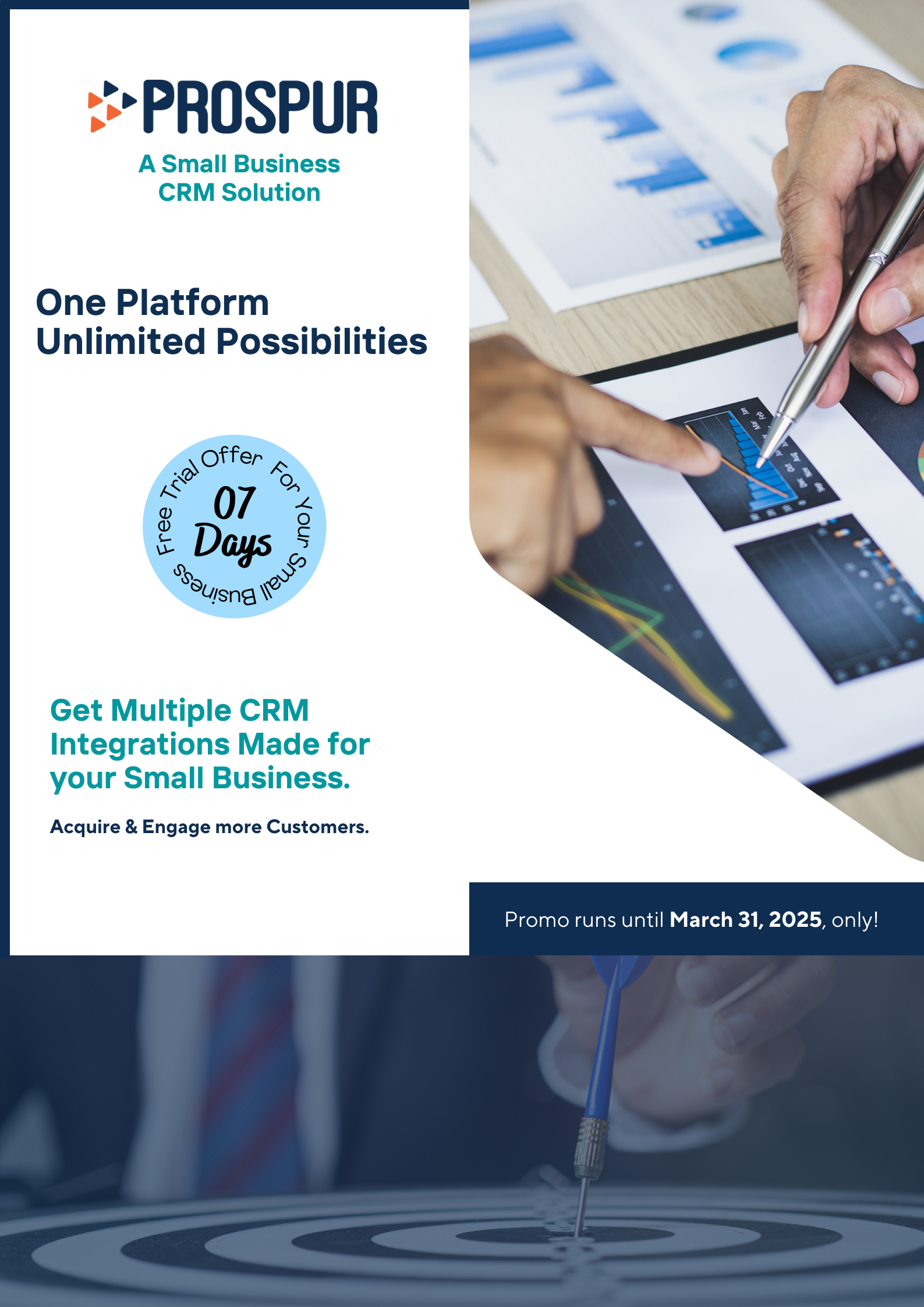Customer Lifecycle Management: CLM (A How-To Guide)
Editorial StaffJanuary 14, 2023

A business, whether big or small, isn’t just about selling the product or service. It also entails encouraging the customers to keep coming back and even advocate your brand to others.
That’s how you can ensure business growth. However, after making a sale, often in meeting the sales, marketing, finance, and production KPIs, we forget that a customer has trusted us with a relationship.
The crux of Customer Lifecycle Management (CLM) lies in understanding and addressing customer needs at different stages of their relationship with the brand to retain their loyalty.
What is a CLM?
The customer lifecycle refers to the different stages in a customer’s relationship with your business, from being aware of your brand and making a purchase to becoming a loyal customer.
Customer Lifecycle Management (CLM) uses tools and processes to track the various stages of customers’ journey, giving your business insight into improving engagement to strengthen the relationship that builds the bottom line.
It involves assigning metrics to each stage and measuring the success of the marketing, sales, and customer service teams based on those parameters.
The objective is to improve your offerings to reach, acquire and retain customers.
The Different Stages of the Customer Life Cycle:
The customer lifecycle is broadly categorized into five stages: reach, acquisition, conversion, retention, and loyalty.
As customers progress through these levels, your business can offer unique opportunities at every touchpoint, guiding them to build trust with your company and become loyal customers.
#1. Reach:
The customer has a problem to solve and seeks solutions at this stage by comparing different brands, that includes yours.
Here, your brand’s presence and visibility through SEO, social media marketing, digital marketing efforts, and other outbound and inbound methods can guide the potential consumer to contact you for more information.
Using seamless automated solutions to enhance social media engagement and run campaigns can help you expand your online presence to make it easy for potential customers to discover you.
#2. Acquisition:
This is a customer touchpoint stage. The customer will approach you via various channels, and your service team has to ensure the customer has all the information to make a purchase.
Whether through a call or the website, ensure that the lead has access to all information in the form of educating content and pricing information.
It is also a good stage to get initial customer data, such as an email address, for further follow-up. A satisfactory experience at this stage will direct the potential lead to convert into a customer.
#3. Conversion:
A seamless purchase experience is key to this stage and sets the ball rolling for the next phase of retaining a customer who has closed the first deal. The prospect has decided to engage with your brand and not just make a purchase.
The ease of purchasing can influence a decision to repeat the purchase. Make sure your descriptions match the products, and you create a customer log to aggregate valuable data.
Moreover, your customer management solution must integrate various payment channels to check out easily.
#4. Retention:
The retention stage of the customer lifecycle begins by getting feedback about the purchase from your customer, how they feel about the service or product, and ease of cart checkout if it meets their expectations and solves their problem.
The experience at this touchpoint is critical to making the customer feel valued. Retention is also strengthened with exclusive offerings such as warranties and service agreements at this stage.
Ensure robust feedback mechanisms such as customer satisfaction surveys and measuring the customer satisfaction score. One should prioritize unhappy customers and resolve their grievances as negative reviews can influence others.
#5. Loyalty:
This is the ultimate stage that you would want your customers to be in. Brand loyalty is proven when the customer purchases from you repeatedly and even advocates your brand to others.
Loyal customers become a crucial asset to your brand as they have the power to influence future customers based on their experience with you through reviews on social media and by word of mouth.
A customer arrives at this stage based on experiences in the previous four stages. Hence, brand loyalty has to be earned and cannot be created.
Why is Customer Lifecycle Management important?
While the five stages of the customer lifecycle are broadly defined, the actual process is fluid and changes from customer to customer. Here’s why it is essential to manage the customer lifecycle:
- Mapping the stages and segmenting your customers according to them helps nurture relationships and guide customers toward brand loyalty.
- By attaching metrics to the customer lifecycle, marketing, sales, and customer service teams have a framework for communication at every stage of the customer’s journey.
- One can personalize campaigns according to the stage that customers fit into, thus reaching out to them effectively.
- Customer lifecycle management allows your business to upsell allied products to existing customers. This reduces costs as acquiring new customers is an expensive process.
- As managing the customer lifecycle involves analysis of the performance of various processes, it points out areas of improvement, thus helping you get better than your competition.
What is the Difference Between CLM and CRM?
Customer Relationship Management (CRM) and Customer Lifecycle Management (CLM) are interrelated and ultimately work towards the same goal of retaining existing customers and activating new ones.
CRM is an Essential Tool
From SMEs to Fortune 500 companies, CRM is an essential customer management solution that ensures each business relationship is recorded, followed up, and analyzed.
An intuitive CRM software empowers the organization by giving you a 360-degree view of your business, from leads and acquisition to the retention of customers.
It maintains a database of all communication and tracks all customers that enter the pipeline. Moreover, smart automation allows the sales and marketing teams to save time, effort, and cost of doing repetitive tasks.
CLM provides Useful Insights
CLM involves analytics, and it is good business acumen to merge CLM into your CRM. In doing so, organizations can get a holistic view of their activities. Moreover, CML can help you gauge the performance of your CRM approach by analyzing the CLM metrics.
Look for a CRM that merges with CLM by providing analytics that supports the entire customer journey—managing marketing campaigns online, lead management, documenting acquisition, enabling customer service, and integrating with existing systems.
How To Win At Customer Lifecycle Management:
The following best practices can help your business harness the power of CLM:
- Personalize communication with leads or customers. Consumers today expect to be understood by organizations, and personalizing interactions help positively influence the prospect or customer.
- Customer lifecycle management involves first reaching out to customers. The best way to do it is to go where they are. An omnichannel presence sets the tone for a favorable customer experience. Being present only on specific platforms gives a skewed understanding of the customer lifecycle.
- Your customers are the best source to reveal gaps and speak the truth about your business. Ensure a secure feedback mechanism to determine friction points you can improve upon. The customer experience at this touchpoint can influence repeat purchases.
- Survey the prospects that didn’t convert to know what ticked them off. This is a crucial activity to remove any obstacles impeding their decision to convert into buyers.
- Nurture customers post-purchase. Their journey doesn’t end with purchasing from you. Instead, it is the beginning. Retaining existing customers is more important and impactful than acquiring new ones.
Conclusion:
Customer lifecycle management gives a holistic view of the customer’s journey with your business and paves the way for improvement through actionable insights.
An empowering CLM solution can ease the process of monitoring the stages and enhance customer engagement. Prospur is the world’s first fully connected business acceleration platform.
It helps you enhance customer engagements, retain more customers through personalized communication and feedback analytics, expand your business with lead management tools, and integrate seamlessly for ease of use.
Contact us for a FREE Demo to know how Prospur can be a valuable partner in your business.

